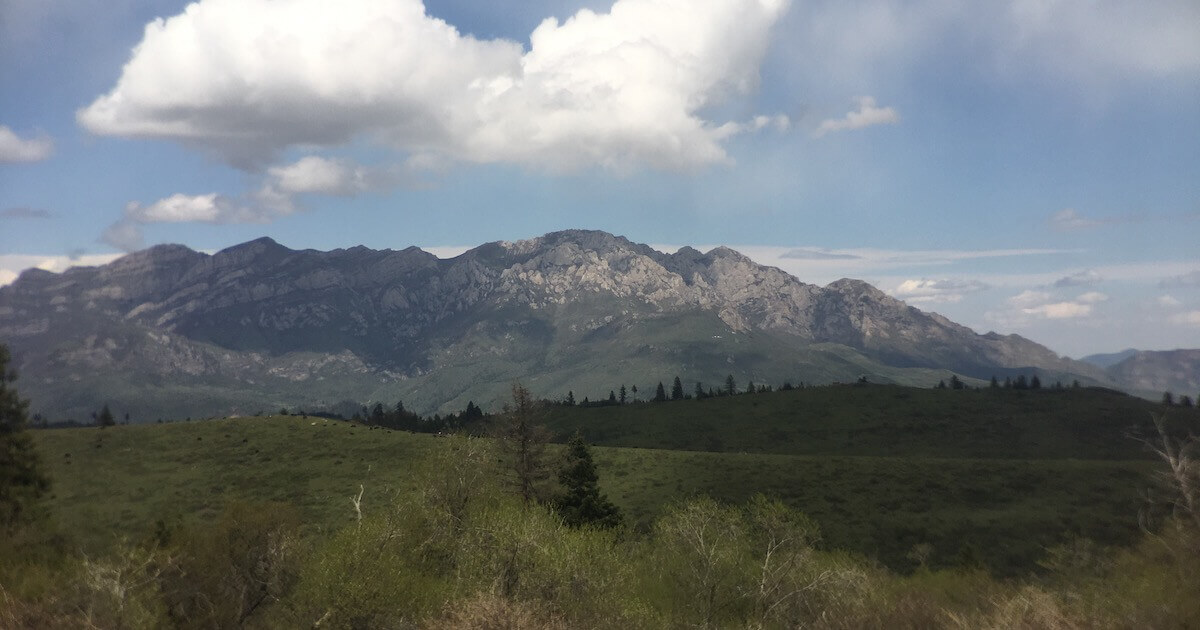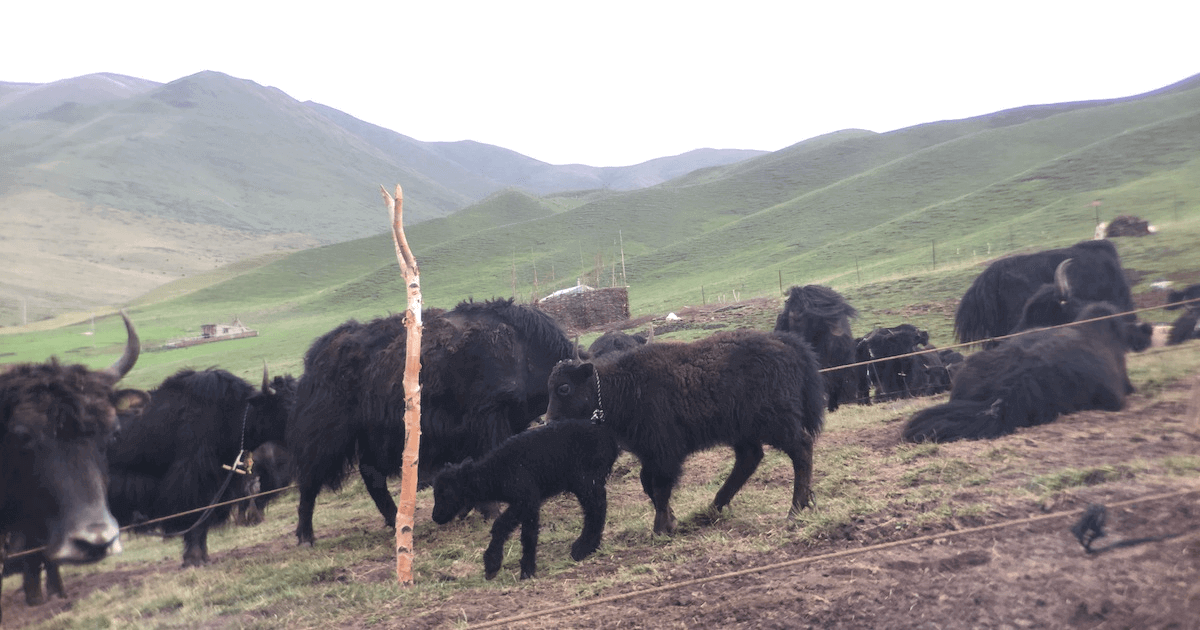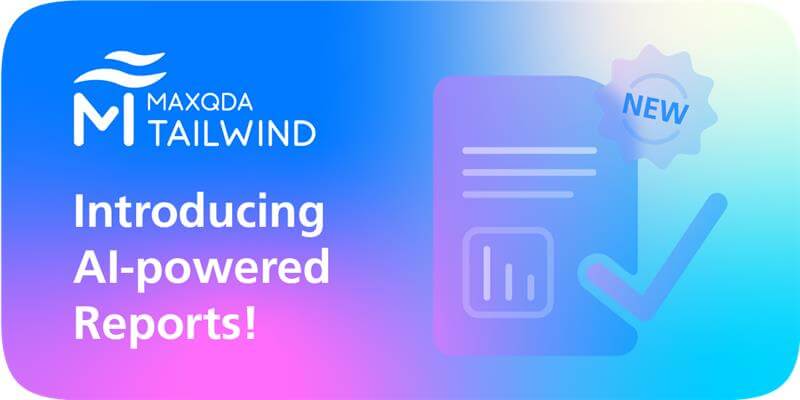Guest post by Haitao Yu.
My data collection started in 2017 when I was using MAXQDA 12. Now, as I’m revisiting the data, MAXQDA 2020 has been released. Over the last three years, the software has been making my life easier to organize and revisit the large volume of data.
I’m now writing up my PhD dissertation and plan to defend it by the summer of 2021. I plan to further invistigate how businesses advance sustainable development in the dimensions of space and place between the local and global after graduation.


My fieldwork on the Tibetan Plateau in 2017
Research Question
In Ancient Futures, Hodge described how Ladakh, or “Little Tibet” in northern India, transformed from a system of pristine environment and happy people into a system full of problems accompanied by the introduction of Western-style development projects. In this process, economic activity and its associated Western concept of modernization overrode the traditional worldview of community solidarity, self-sufficiency, and ecological harmony and changed how people individually and collectively live their lives. After four decades of improper economic development, Ladakh became a place with polluted air and water, unemployment, religious conflict, eating disorders, and youth suicide (Hodge, 2013).
What Ladakh experienced illustrated a typical example of the inability to achieve sustainable development — a balance between meeting the needs of the present and those of the future (World Commission on Environment and Development, 1987). Many local communities around the world have been sharing similar experiences due to unprecedented economic, social, and environmental changes. In my research, I seek to address the question: How an place-based organization sense and manage sustainable development challenges? My research investigates the mechanisms of place that guide business to achieve sustainable development. Infrastracture development on the Tibetan Plateau

Infrastracture development on the Tibetan Plateau
Research Context
In 2017, I conducted a three-month ethnographic study of the enterprise, Norlha Textiles, which utilizes yak wool to create high-end textiles in a Tibetan nomadic village. With a purpose to discover a sustainable approach for economic development for Tibetan nomads, preservation of the community way of life, and environmental protection in the Tibetan Plateau, Norlha was founded by an American Tibetan family in 2007. It has trained and employed nomads on the high plateau to process and transform the wool from yaks, into high-quality textile and final products. Labeled as “timeless yak wool treasures”, Norlha’s textiles have been purchased by the global luxury market.
From 2012 Norlha started to build up its own brand and now sells textile luxury products in China, France, the US, and other countries. By 2015, the total employment of Norlha was about 120 people. Norlha has connected marginalized communities in the plateau with opportunities that foster inclusive growth through creating innovative goods and services, serving new markets and providing new job opportunities.

Source: www.norlhatextiles.com
Data Collection
In 2017, I spent three months at the nomadic village where Norlha is embedded. Data were collected through observation, more than fifty in-depth interviews, approximate forty informal discussions, and company archives. All the formal interviews were recorded, most of them were transcribed using MAXQDA. MAXQDA’s Transcription Mode is extremely useful because I could link the transcripts with participants’ voices, which allows me to analyze non-verbal clues during my interview.

Screenshot 1 – Transcription
Transcribing audio document using MAXQDA (picture retrieved from the MAXQDA Online Manual for data confidential concern)
Data Analysis Strategy
Conducting an inductive study, I acknowledge that the data analysis process was iterative over the years, from 2017 to 2020.
Writing memos (2017)
In grounded theory, qualitative data analysis starts in parallel with data collection in an iterative manner, so data analysis took place when I was conducting the ethnographic work. When I started to collect data, I was motivated to learn how the Tibetan nomads organize and adapt towards a sustainable future. I was generally interested to know their livelihoods challenges and strategies to cope with them. The memos were first written by hand and then copied into MAXQDA by using the Memos function.

Writing memos using MAXQDA (picture retrieved from the MAXQDA Online Manual for data confidential concern)
Organizing a case narrative of Norlha (2018)
To develop a rich familiarity with major patterns of the organization, its members, and its place before going into analyzing the large volume of messy raw data (Langley, 1999), I created a detailed case document of LuxuryYak.
Coding (2018)
MAXQDA well served me during my coding work. First, the coding functions in MAXQDA allow the researcher to organize many open codes from different data sources (interview transcripts, journal notes, images, and videos) in a visual way. Second, the Memo functions provide the facility to track emerging ideas, and “a-ha” moments in codes and data.
The coding process was guided by three specific questions:
- What is the place?
- What are the livelihoods challenges?
- What emerging process organization and organizational members take as responses?
Develop narratives of key moments (2020)
I utilized the case narrative to build a Microsoft Excel spreadsheet to document a chronology of key moments of LuxuryYak. I defined a key moment as the process that involved the actors’ attempt to clarify surprises, uncertainty, ambiguity, or disruptions of the local place. As is often the case with qualitative research, only a small slice of the data can offer the rich and detailed accounts that can allow a reader to understand what the phenomenon is about. I constructed these narratives of the key moments through a combination of all data sources, which included interviews, fieldnotes, company archives, media exposure (documentaries and reports about LuxuryYak and its members), the journal entries, photos, and videos.

Yaks in a cooperative
Since the project started in 2017, MAXQDA has been instrumental for me to organize the data. MAXQDA’s retrieval functions were especially critical for me to revisit the original data from different sources to develop the key narratives. The interface is very sleek and easy to use. When I need to access the data imported in 2017 and the codes that I assigned in 2018, I can retrieve the data by clicking the codes I’m looking for. The original data will then be located and showcased in the “Retrieve Segments” window, allowing me to weave the data into a consistent story.

Retrieve data using MAXQDA (picture retrieved from the MAXQDA Online Manual for data confidential concern)
References
Hodge, H. N. 2013. Ancient futures: Learning from Ladakh. Random House.
Langley, A. 1999. Strategies for theorizing from process data. Academy of Management Review, 24(4): 691–710.
World Commission on Environment and Development (WCED). 1987. Our common future. Oxford, England: Oxford University Press.
About the Author
Haitao Yu is a Ph.D. candidate in General Management in Sustainability at the Ivey Business School of Western University, Canada. His research investigates the mechanisms of space and place that guide or limit business to achieve sustainable development – “development that meets the needs of present generations without compromising the needs of future generations” (WCED, 1987). See Haitao’s first two Fieldwork Diary Entries here in the MAXQDA Research Blog:





